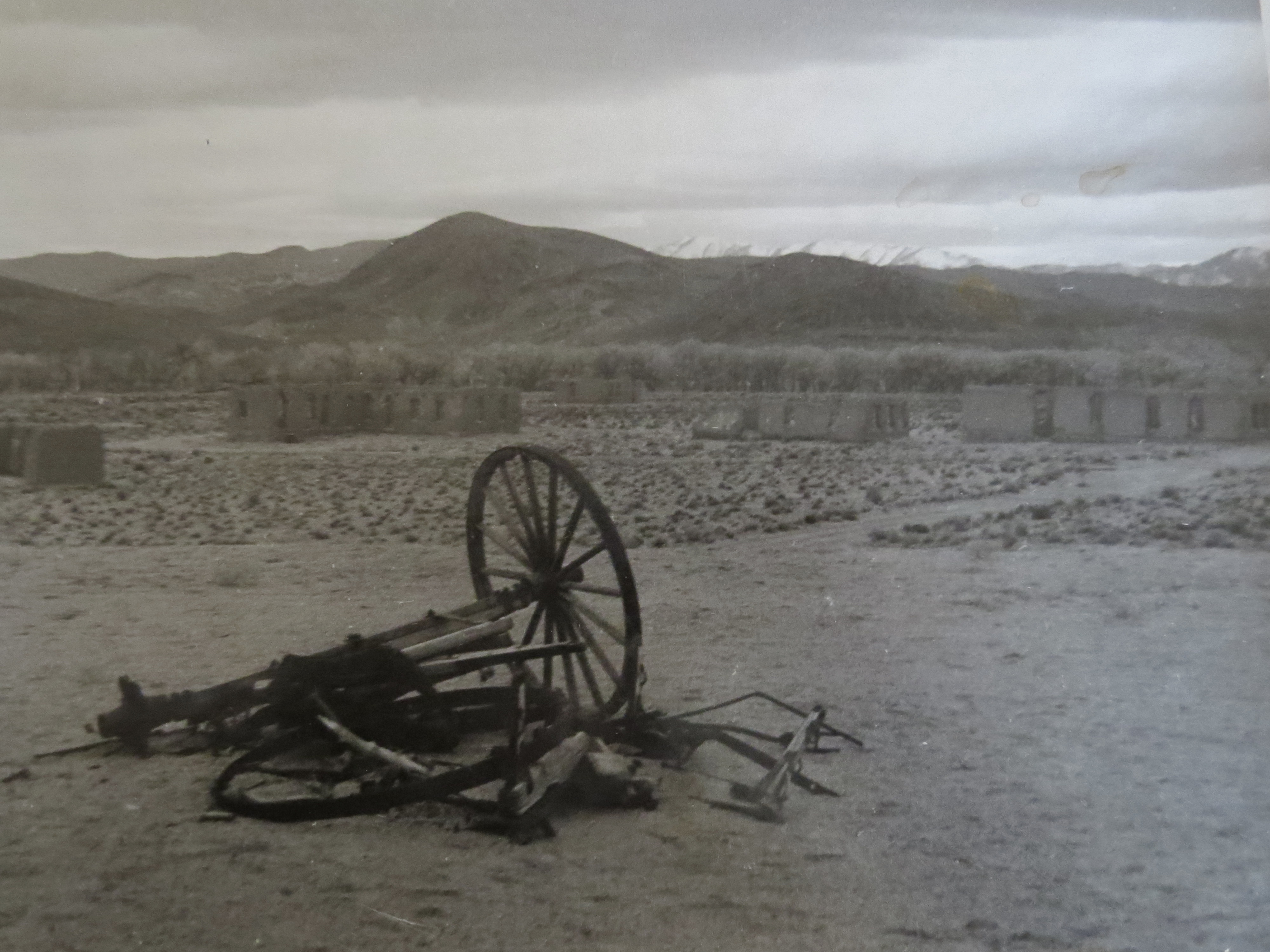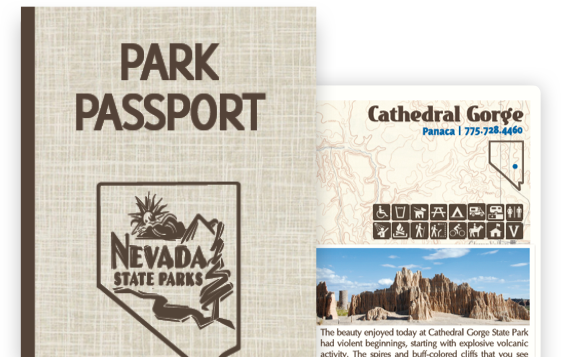History of Fort Churchill State Historic Park
Nevada’s first, largest and most elaborate military outpost was active from its establishment in July 1860, through an era rife with local and national conflict, and up to its abandonment in the fall of 1869. During this tumultuous yet significant decade in the history of Nevada and the American West, Fort Churchill helped to bring about a semblance of Federal control over a quickly developing and resource-rich area that lacked effective government control. The troops stationed at Fort Churchill protected California-bound emigrants, safeguarded the Pony Express and telegraph lines, fought battles and skirmishes with local Native Americans, protected area settlements, intervened in miner’s disputes and quelled any uprisings brought about by the Civil War.

During the 1850s, Native Americans had, from time to time, attacked small emigrant parties and isolated ranches in the area, but no direct armed conflict developed. Dramatic events in 1860 would change this and lead to the establishment of Fort Churchill on the north bank of the Carson River, 25 miles east of the Comstock Era mines of Virginia City.
In the Spring of 1860, a Carson River trading post known as William’s Station was operating ten miles northeast of the future site of Fort Churchill. On the morning of May 8, 1860, one of the station keepers, James Williams, returned to the station to find his two brothers and one helper dead and the building a smoking ruin. The attack may have been brought about by the station keepers’ kidnapping of several Paiute women. Upon discovering the scene, James Williams carried the news to nearby Buckland Station. From there, Pony Express riders relayed the story in increasingly exaggerated form to settlements west. The attack at William’s Station generated much excitement as well as fear and a desire for revenge. This desire for revenge resulted in the hasty movement of 105 volunteers to Pyramid Lake to avenge the death of the men at William’s Station.
In the battle that ensured, the out-numbered volunteers suffered a major defeat, losing two-thirds of their original force. The Native American’s decisive victory led to more communities calling for protection and retaliation. Urgent calls went out to California for regular army troops. The troops, bolstered by additional volunteers, moved against the Native American forces in early June 1860. In this second battle, the out-numbered Native Americans were forced to retreat. Collectively, these two battles would become known as the Pyramid Lake War, the single greatest confrontation between Native Americans and settlers in Nevada’s history.
Immediately following the Pyramid Lake War, Captain Joseph Stewart and his Carson River Expedition were ordered to establish a post near the Carson River. Construction began in July 1860, and over the next several months thousands of dollars would be spent constructing a permanent desert outpost. For nine years Fort Churchill, named in honor of Sylvester Churchill, Inspector General of the U.S. Army at the time, would protect area settlements, guard the area’s communication and transportation corridors and serve as a supply depot for the Nevada Military District.
The Fort was abandoned in 1869 and the adobe buildings were auctioned for $750. In 1884 the remains of soldiers buried in the post cemetery were moved to the Lone Mountain Cemetery in Carson City. The remaining graves are those of Samuel and Eliza Buckland, and five of their eight children.
In the early 1930s, the Nevada Sagebrush Chapter of the Daughters of the American Revolution took an interest in preserving the Fort and had 200 acres transferred to the State of Nevada. Then, in 1935, under the guidance of the National Park Service, the Civilian Conservation Corps spent two years stabilizing the ruins and creating a viable state park. Facilities for camping and picnicking were constructed, as well as the building which currently serves as the park museum and Visitor’s Center.
World War II stretched America’s resources and the Fort was again abandoned, falling victim to vandals and weather. The 1950s brought with it a renewed interest in historic Fort Churchill and, in 1957, the Fort became a part of the Nevada State Park System. Fort Churchill remains an integral and significant chapter in the history of Nevada and the American West.
Today, a visit to Fort Churchill requires some imagination. Many buildings no longer exist, and those that do are in various states of ruin or arrested decay. While the daily sights, sounds and smells once associated with the proud military fort are long gone, the stories associated with the historic site will not be forgotten.



